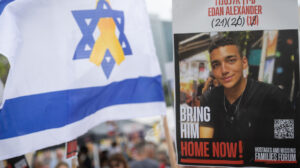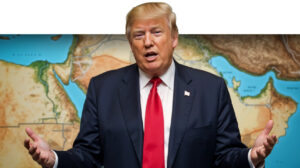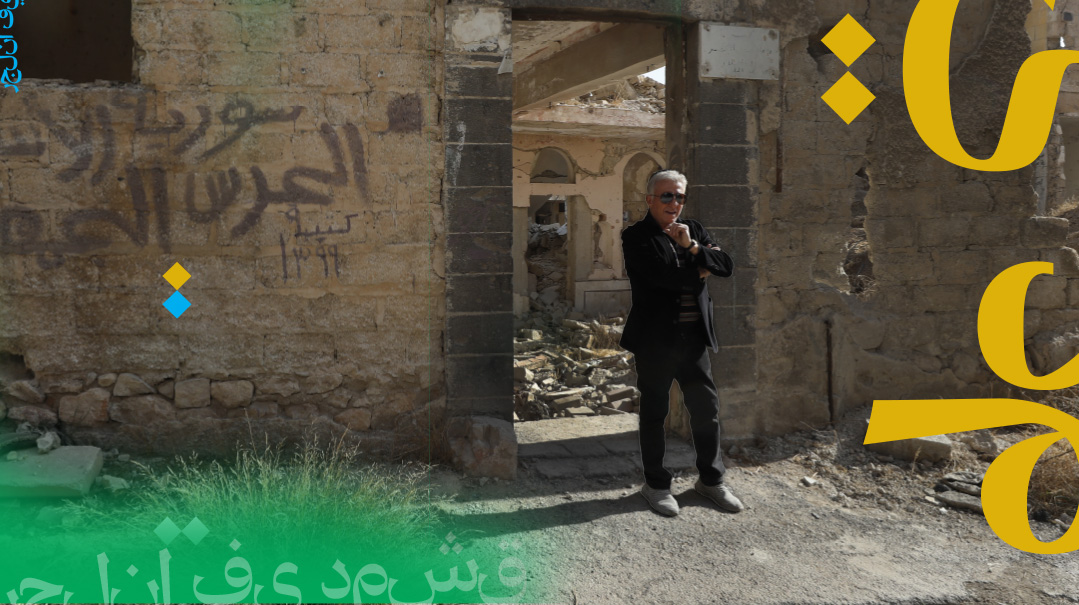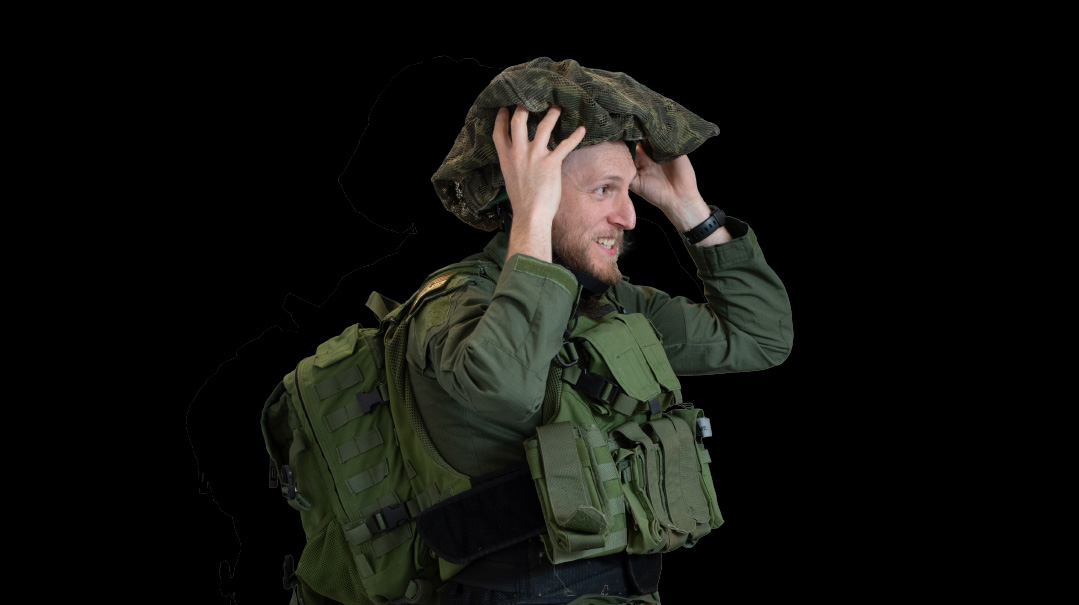Living Shadows in Lebanon


“The Jewish community deserves better” Beirut resident Mara Sultan told a team of CNN reporters. Sultan said that the Jews were once an integral part of the fabric of life and family. “My father grew up with many Jewish friends. They were part of his childhood. Where did they all disappear to?” Photos AFP ImageBank Flash 90
R aymond Sasson a silver merchant who regularly travels the Brooklyn-Beirut route is a native of Lebanon who was two years old when he fled with his parents to the US in 1975 at the beginning of the brutal 15-year Lebanese civil war. Yet in recent years he’s taken to visiting the city of his birth again where he’s acquired friends and business associates among the local population.
On one of these trips a woman who’d heard about Sasson requested a meeting with him via one of these associates. And that’s how he found himself sitting opposite the woman with a large gold crucifix around her neck looking just like so many other Christians who fit seamlessly into Beirut society where Shiite and Sunni Muslims live alongside Maronite Christians and Armenians.
“I wear this ” she told a surprised Sasson gesturing to her necklace “in order to hide my identity. You see I’m also a Jew.” The woman then began naming her relatives names Sasson recognized as pillars of the Lebanese Jewish community back in Brooklyn.
“I was surprised but more than that I was disappointed ” Sasson related to Mishpacha. “Why would people have to go to such lengths to camouflage themselves? Is it really so terrible to be known as a Jew today in Beirut?”
Sasson says that when he travels to Lebanon he identifies openly as a Jew. He doesn’t wear a kippah outside but it’s not because he wants to hide anything. Like many Lebanese and Syrian Jews this is the way he comports himself in New York as well. Yet any local who starts a conversation with him can tell right away that he’s Jewish.
“I certainly don’t hide it ” Sasson says “and they accept me the way I am. But look I’m a visitor. I don’t have to deal with it on a day-to-day level so I can’t judge. I don’t live their reality. But one thing is clear. When people ask me if there are any local Jews I know who they can interview I tell them ‘No one.’ I myself have met only a few and it’s usually in secret.”
Inasmuch as the vast majority of the community which in its heyday numbered some 15 000 left over the years and spread out across the globe there are a handful who stayed behind. How many? It depends who you ask. Yitzchak Arzi the Lebanese Jewish Community Council spokesman claims that there are 2 000 Jews in Lebanon while others say that there are just a few dozen.
Arzi could be right given that most of the Jews still in Lebanon stay incognito. Even if they don’t behave like bona fide anusim they certainly don’t publicize their origins.
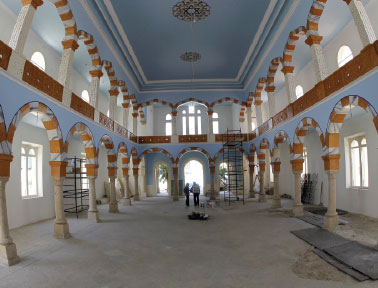
The Magen Avraham synagogue is a metaphor for a once-thriving community. It’s being restored as a cultural landmark but will Jews ever pray there again?
No One Forced Out
While Israel’s War of Independence and the subsequent establishment of the state made Jews throughout the Arab world fair game for pogroms and spurred the exodus of whole communities in Lebanon the situation was different. Many Jews did seize the opportunity and left to settle in Eretz Yisrael but just as many stayed behind. Lebanon was the last Jewish stronghold in the Middle East the only country in the region other than Israel whose Jewish population actually grew in the 1950s reaching 15 000 at its peak. In fact not all Jews from Lebanon are veteran Lebanese; some were migrants from Syria or even Iraq and Iran who instead of moving to Israel opted to settle in Lebanon where they could also live freely.
“To this day the Jews are considered part of the complex Lebanese mosaic ” Raymond Sasson explains. “Culturally they’re Lebanese an inseparable part of that society.” (Excerpted from Mishpacha Issue 686)
Oops! We could not locate your form.


